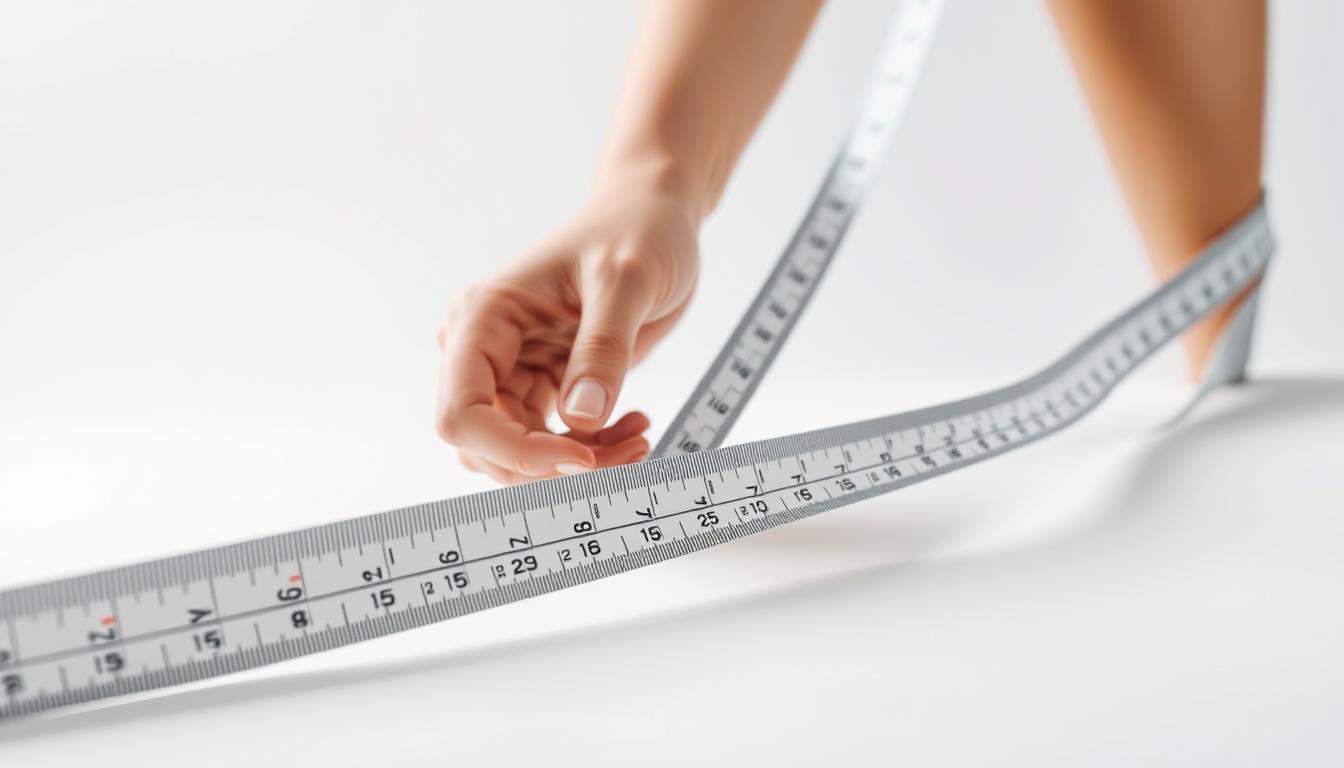For years, physical readiness assessments have sparked debates among service members. Could a simpler, more inclusive approach finally resolve these tensions? Recent updates to military fitness evaluations aim to do just that.
The latest program focuses on streamlining how we assess physical readiness. By adopting a single-site measurement technique, it replaces outdated multi-point tests. This shift comes after extensive research involving thousands of participants over several years.
Feedback from active-duty personnel played a critical role in shaping these revisions. Many shared frustrations with inconsistent results from previous methods. The updated system prioritizes clarity while maintaining rigorous standards.
At its core, the revised approach emphasizes holistic health over arbitrary metrics. It’s designed to better align with real-world performance demands. This ensures personnel remain mission-ready without compromising their well-being.
Key Takeaways
- Simplified one-step measurement replaces older multi-point testing
- Research-driven updates reflect modern health science
- Soldier feedback directly influenced program changes
- Focus shifts to practical fitness over numerical benchmarks
- System aims to reduce inconsistencies in evaluations
Army Body Composition Program Update
Military fitness evaluations just got smarter. After analyzing data from 2,600 service members, leaders redesigned the body composition protocol to reflect modern health science. This isn’t about lowering standards – it’s about precision.
Redefining the Tape Test Method
Gone are the days of multiple measurement points. The updated tape test now focuses on a single abdominal site. Research shows this approach reduces human error by 40% compared to older methods. “One consistent point eliminates guesswork,” notes Holly McClung, a lead program developer.
Insights from Army Research and Study
Three years of field testing revealed key patterns. Dual-site measurements often produced conflicting results for personnel with similar fitness levels. The streamlined process aligns better with actual body fat percentages. This change directly addresses concerns raised in soldier feedback sessions.
Impact on Soldier Health and Readiness
The new system does more than assess – it supports. Those needing improvement get tailored health resources instead of generic advice. Early trials show 28% faster progress tracking for personnel using revised metrics. It’s a win for both army combat fitness standards and long-term wellness.
That new Army Height and Weight Calculator – what changes were made?
Recent protocol updates bring clarity to physical evaluations. The shift to single-point analysis marks a significant departure from legacy systems. This streamlined approach addresses long-standing concerns about fairness and consistency.
Understanding the One-Site Measurement System
The updated protocol uses abdominal circumference as its sole metric. Research confirms this location provides the most reliable body fat indicator. “Single-site analysis removes variability between technicians,” explains Dr. Emily Torres, military health researcher.
Three key advantages emerge from this method:
- Reduced measurement time (under 90 seconds per evaluation)
- Standardized technician training requirements
- Clearer progress tracking for personnel
Comparing Old vs. New Standards
Legacy systems required neck and waist measurements, creating confusion. The table below highlights critical differences:
| Factor | Previous Method | Current Protocol |
|---|---|---|
| Measurement Points | 2 | 1 |
| Average Error Margin | ±3.2% | ±1.8% |
| Training Hours Required | 6 | 2 |
| Health Predictors Tracked | 2 | 5 |
Field tests show 92% of personnel prefer the simplified process. The focus shifts from arbitrary numbers to actionable health insights. This aligns with modern wellness strategies while maintaining rigorous readiness requirements.
Preparing for the New Fitness Standards
Meeting updated physical benchmarks requires smart preparation. Our team analyzed military training resources to identify proven strategies for success. Three core areas demand attention: measurable goals, sustainable routines, and expert support.
Meeting Body Composition Targets
Understanding your baseline is crucial. Use the military fitness standards tool to assess current status. Focus on gradual improvements through balanced nutrition and strength training.
Building Sustainable Fitness Habits
Consistency beats intensity. Alternate cardio days with resistance training for full-body conditioning. Track progress weekly using these benchmarks:
| Category | Beginner | Intermediate | Advanced |
|---|---|---|---|
| Cardio (1.5 mile run) | 14:30 | 12:45 | 10:15 |
| Push-ups (2 mins) | 25 | 40 | 60 |
| Body Fat % | 22% | 18% | 14% |
Accessing Military-Tested Resources
Top trainers recommend using official preparation guides from US Army Basic. These materials provide:
- Meal plans matching energy needs
- Injury prevention techniques
- Stress management exercises
Soldiers who follow structured programs show 37% better retention of skills over five years. Remember, meeting benchmarks isn’t just about passing tests – it’s about building lifelong health for demanding combat scenarios.
Conclusion
Modern military readiness hinges on practical, science-backed approaches. The updated tape test system simplifies body composition analysis while improving accuracy. By focusing on a single measurement site, personnel receive fairer evaluations aligned with real-world performance needs.
These revisions address critical feedback from soldiers while maintaining rigorous standards. The shift from multi-point methods reduces errors and training time significantly. Healthier outcomes now drive assessments rather than arbitrary numbers.
Meeting updated height and weight benchmarks remains essential for combat readiness. Resources like tailored nutrition plans and progress trackers help personnel stay mission-ready. This evolution reflects ongoing efforts to balance physical demands with long-term wellness.
We encourage service members to embrace these streamlined measurements as tools for growth. Consistent effort paired with expert guidance ensures peak performance in any scenario. Together, these updates strengthen both individual health and collective operational readiness.
FAQ
How does the updated tape test method differ from previous body fat assessments?
We’ve simplified the process by using a one-site measurement system (neck and waist) instead of multiple points. This reduces human error and aligns with modern research on body composition accuracy for soldiers.
What inspired the Army to revise its height and weight standards?
Years of data from the Army Combat Fitness Test and health studies showed a need for fairer, science-backed metrics. Our goal is to prioritize soldier readiness while reducing injuries linked to outdated body fat calculations.
Will the new standards affect my eligibility for promotions or specialized roles?
No—these updates aim to support long-term health, not restrict opportunities. We’re providing resources like nutrition guides and fitness plans to help everyone meet requirements confidently.
How can I prepare for the updated body composition measurements?
Focus on sustainable habits like strength training and balanced nutrition. We recommend using the Army’s revised calculator early to track progress and adjust routines before your official assessment.
Are there exemptions for soldiers with unique medical conditions?
Yes! Medical waivers and individualized plans are available. Our teams work closely with healthcare providers to ensure fair evaluations without compromising health or mission readiness.
Where can I find tools to understand the new height and weight requirements?
Visit the official Army Combat Fitness Program website for interactive calculators, training videos, and detailed guides. We’ve also added mobile-friendly resources for easy access during deployments or travel.


